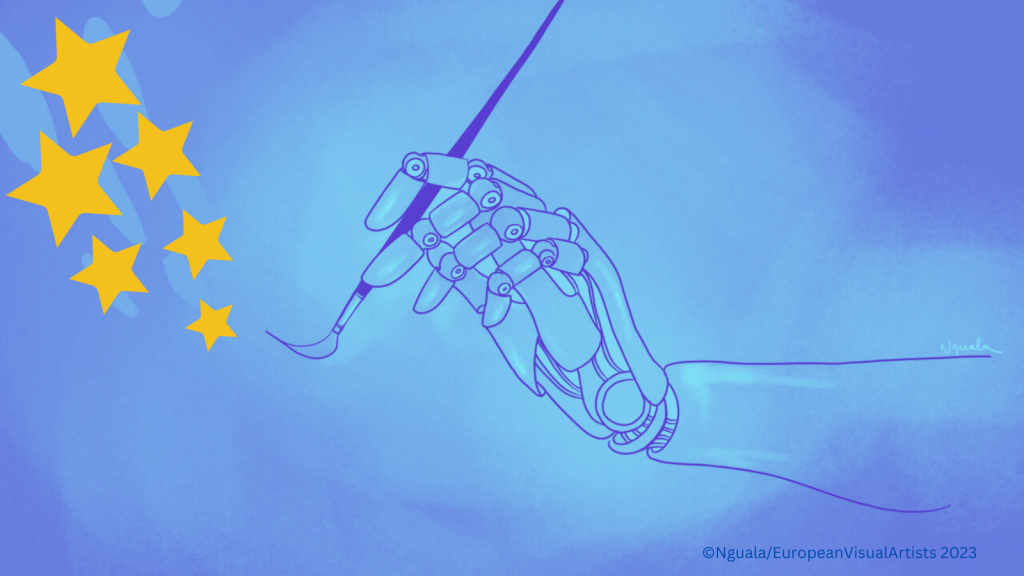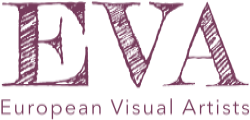
European Visual Artists (EVA) is the single voice of European visual artists, promoting European creativity by raising awareness about artists’ rights and their precarious livelihoods across Europe.
We welcome the “Proposal for a Regulation laying down harmonised rules on Artificial intelligence” (AI Act), as new AI technologies allow for new possibilities. At the same time, AI hurts human artists if not properly regulated.
- Prior authorisation – an essential principle of copyright law
Visual artists cannot digitally protect their works from illegitimate uses, unlike other sectors using for instance encryption, and it is difficult for them to track how and by whom their protected works are exploited. Moreover, most artists cannot use machine-readable means to opt out of text and data
mining, as these tools are generally not available or are not standardised. Additionally, most likely AI systems cannot “unlearn” protected works that they have been trained with, the “opt-out”-option may not erase the damage already done to artists. Collective Management Organisations (CMOs) can concretely and effectively assist visual artists in claiming the rights to their works through immediate notifications or possibly via an opt-in mechanism allowing prior consent.
- How to ensure “adequate safeguards” for visual artists?
In order “To ensure adequate safeguards against the generation of content in breach of Union law” (Article 28 (4) b), and the use of works protected by the Intellectual Property Law, it is necessary to provide compulsory compensation via collective management, according to Article 9 of the Berne Convention.
This mechanism would provide legal certainty and fair compensation to users and rightsholders. The mechanism could be inspired by the licences with extended effect set out in Article 12 of the EU Directive 2019/790.
- What is a “sufficiently detailed summary”?
We welcome Article 28 (4) c, making providers of generative AI responsible to deliver “a sufficiently detailed summary of the use of training data protected under copyright”. However, it is crucial to impose further transparency obligations to make sure that the works are used with the consent of the rightsholders and descriptive enough to provide information on who and how the works are used.
Download the statement here.
